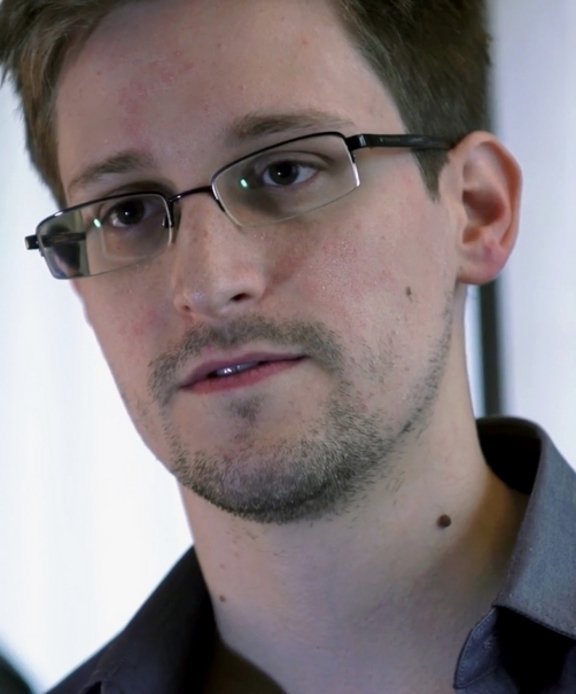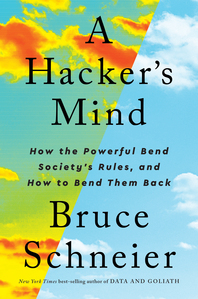A new theory: somewhere in the Silicon Valley universe there’s a cadre of techies who have eidetic memories and they’re feeling them start to slip. Panic time.
That’s my best explanation for Microsoft’s latest wheeze, a new feature for its Copilot assistant that will take what’s variously called a “snapshot” or a “screenshot” of your computer (all three monitors?) every five seconds and store it for future reference. Microsoft hasn’t explained much about Recall’s inner technical workings, but according to the announcement, the data will be stored locally and will be searchable via semantic associations and some sort of “AI”. Microsoft also says the data will not be used to train AI models.
The general anger and dismay at this plan brings back, almost nostalgically, memories of the 1990s, when Microsoft was near-universally hated as the evil monopolist dominating computing. In 2008, when Google was ten years old, a BBC presenter asked me if I thought Google would ever be hated as much as Microsoft was (not then, no). In 2012, veteran journalist Charles Arthur published the book Digital Wars about how Microsoft had stagnated and lost its lead. And then suddenly, in the last few years, it’s back on top.
Possibilities occur that Microsoft doesn’t mention. For example: could software might be embedded into Windows to draw inferences from the data Recall saves? And could those inferences be forwarded to the company or used to target you with ads? That seems like a far more efficient way to invade users’ privacy than copying the data itself, if that’s what the company ultimately wants to do.
Lots of things on our computers already retain a “memory” of what we’ve been doing. Operating systems generate logs to help debug problems. Word processors retain a changelog, which powers the ability to undo mistakes. Web browsers have user-configurable histories; email software has archives; media players retain playlists. All of those are useful – but part of that usefulness is that they are contextual, limited, and either easily terminated by closing the relevant application or relatively easily edited to remove items that shouldn’t be kept.
It’s hard for almost everyone who isn’t Microsoft to understand the point of keeping everything by default. It seems like a feature only developers could love. I certainly would like Windows to be better at searching for stored files or my (Firefox) browser to be better at reloading that article I was reading yesterday. I have even longed for a personal version of Vannevar Bush’s Memex. As part of that, I might welcome a feature that let me hit a button to record the last five useful minutes of a meeting, or save a social media post to a local archive. But the key to that sort of memory expansion is curation, not remembering everything promiscuously. For most people, selective forgetting is how we survive the torrents of irrelevance hurled at us every day.
What Recall sounds most like is the lifelog science fiction writer Charlie Stross imagined in 2007 might be our future. Plummeting storage costs and expanding capacity, he reasoned, would make it possible to store *everything* in your pocket. Even then, there were (a very few) people doing that sort of thing, most notably Steve Mann, a University of Toronto professor who started wearing devices to comprhensively capture his life as a 1990s graduate student. Over the years, Mann has shrunk his personal gadget array from a laptop and peripherals to glasses and pocket devices. Many more people capture their surroundings now – but they do it on their phones. If Apple or Google were proposing a Recall feature for iOS or Android, the idea would seem a lot less weird.
The real issue is that there are many people who would like to be able to know what somone *else* has been doing on their computer at all times. Helicopter parents. Schools and teachers under government compulsion (see for example Prevent (PDF)). Employers. Border guards. Corporate spies. The Department of Work and Pensions. Authoritarian governments. Law enforcement and security agencies. Criminals. Domestic abusers… So developing any feature like this must include considering how to protect it against these threats. This does not appear to have happened.
Many others have written about the privacy issues in all this –
But there’s still more. The kind of archive Recall appears to construct can teach an attacker how the target thinks: not just what passwords they choose but how they devise them.Those patterns can be highly valuable. Granted, few targets are worth that level of attention, but it happens, as Peter Davies, a technical director at eThales, has often warned.
Recall is not the only move – see also flawed-AI-with-everything – that suggests that the computer industry, like some politicians and governments, is badly losing touch with the public. Increasingly, what they want to do seems unrelated to what the rest of us want. If they think things like Recall are a good idea they need to read more Philip K. Dick. And then don’t invent the Torment Nexus.
Illustrations: Arnold Schwarzenegger seeking better memories in the 1990 film Total Recall.
Wendy M. Grossman is the 2013 winner of the Enigma Award. Her Web site has an extensive archive of her books, articles, and music, and an archive of earlier columns in this series. She is a contributing editor for the Plutopia News Network podcast. Follow on Mastodon..









